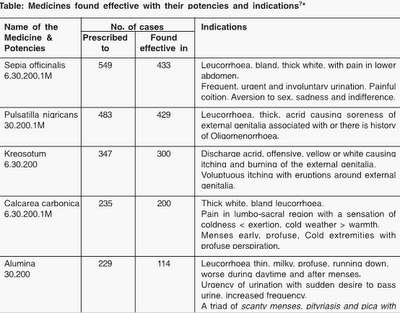
Image: Illustration by Andrew Bannecker
When vascular surgeon Paolo Zamboni reported in December 2009 that inflating a tiny balloon inside twisted veins in the neck provided relief from multiple sclerosis, he created quite a stir. the idea that surgically straightening crooked veins could somehow benefit a degenerative nerve problem was astounding. Physicians were skeptical. Zamboni himself concluded that his findings should be subjected to more rigorous testing. Regardless, many people with MS, which affects at least 250,000 people in the U.S., immediately began clamoring for the unproved treatment. Their demands, amplified through a wide range of social-networking platforms, soon proved impossible to resist. In the past year, for instance, hospitals in California, New York, Italy and Poland have offered the Zamboni treatment—at a cost of $10,000 or more because it is not covered by insurance.
Doctors found themselves playing catch-up every step of the way. Even before Zamboni published his results in the Journal of Vascular Surgery, a post on PatientsLikeMe.com (an online patient community) boasted news of his research, useful links and a dedicated Facebook URL. Community networks traded contact information detailing who would offer the procedure and where. Before-and-after videos were posted on YouTube. Like AIDS activists of 30 years ago but armed with much more powerful communications tools, patients challenged researchers and medical centers to explain why it was taking so long to offer Zamboni’s approach. yet most MS experts believe that undergoing the procedure at the moment is a very risky proposition.
This episode highlights a growing challenge for patients: how to temper enthusiasm for experimental therapies, now widely and effectively marketed through personal testimonials posted online, until evidence shows that the treatments are likely to do more good than harm. “You can never blame people for being excited about something that sounds like good news, especially when they have a serious disease,” says Aaron Miller, a professor of neurology at Mount Sinai School of Medicine and chief medical officer for the National MS Society. “I think these social-media sites can have a positive function in that they allow patients to discuss research and share their experiences.” but, he adds, “they have a very major risk in leading patients to embark on therapeutic courses that are not necessarily appropriate for them or haven’t been established as being scientifically valid.”
A dangerous Game In the case of Zamboni’s work, it is easy to see how patients might be tempted to jump the gun and seek a treatment that initially sounds exciting. After all, the study findings came from a reputable surgeon (though not an MS researcher) publishing in a respected journal. as Daniel Simon, an interventional radiologist in Edison, N.J., says of the work: “It wasn’t Bob’s Journal of MS and Autobody Repair; it was the premier journal of vascular surgery.”
It is also easy to see why racing to get treatment can be a dangerous game to play. In the first place, one study, even a well-done one, does not show that a therapy is ready for prime time. Often in medicine, early positive findings wash away later. And Zamboni himself pointed out that the study had limitations. the small trial was not randomized, double-blinded or placebo-controlled—the combination of which is considered the gold standard in clinical research. Participants also continued to take immune system–modulating therapies known to reduce symptoms.
In the case of MS, as with some other disorders, the difficulty of knowing whether a treatment that seemed to work really did have an effect in a study is compounded by the erratic nature of the disease. the most common form—relapse-remitting MS—has a variable course marked by flare-ups amid symptom-free periods. So it is difficult to know if a certain treatment actually works or was simply taken during a naturally occurring remission. Patients taking placebo have often reported substantial improvements, according to Mount Sinai’s Miller.